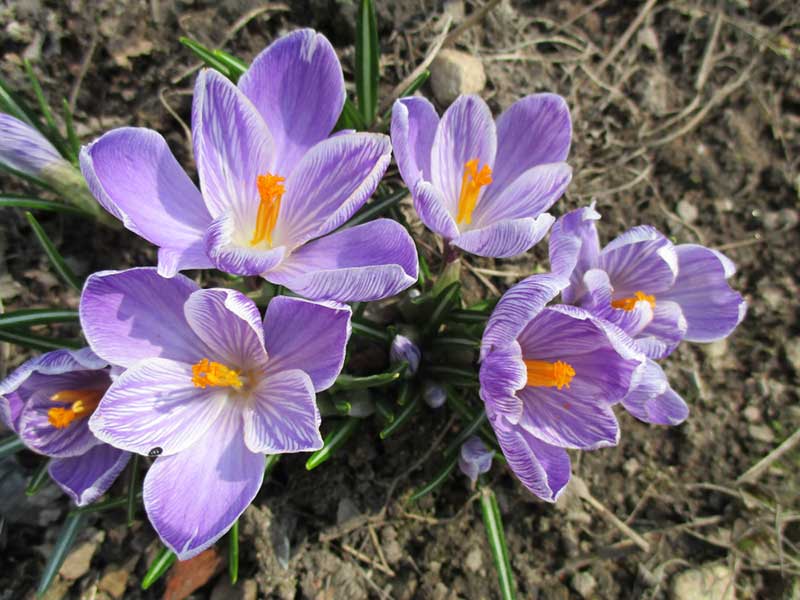
Crocus flowers are a prevalent variety that grows in many different environments and produce gorgeous blooms of various colors.
Growing these flowers is relatively easy, thankfully, as most are quite hardy and capable of handling harsh conditions.
The following eight species are among the most popular on the market and will create many engaging growing opportunities for gardeners from just about all walks of life.
Dutch Crocus: A Very Tough Flower
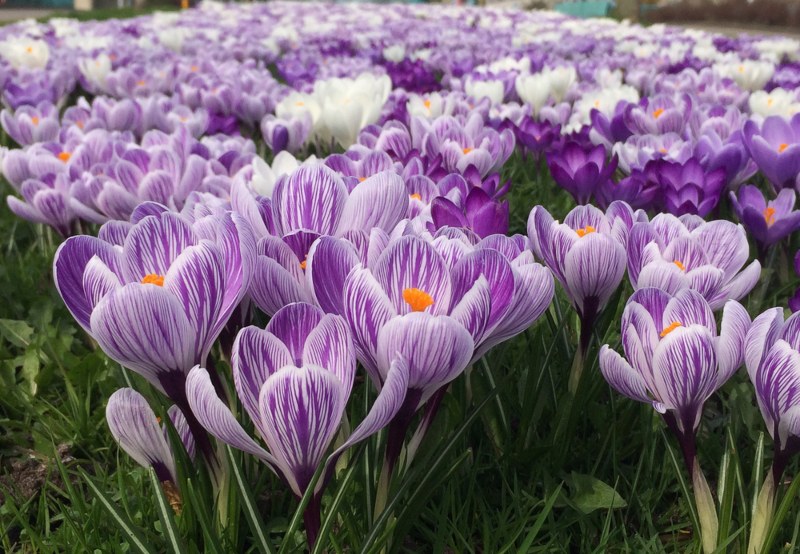
This spring bloomer is one of the hardiest Crocus species on the market. It thrives in climate zones between 1-24 and produces beautiful bulbs that bloom in early spring and create a gorgeous purple and white color that will make your garden look and feel lovely. Taking care of this flower is relatively easy, thankfully.
Care Tips: Keep your Dutch Crocus in partial to full sun in well-drained soil. The soil type doesn’t matter beyond being well-drained. Expect growths of between 4-6 inches (10-15 centimeters) with this flower. Try to water it at least once every few days or whenever the top of the soil is dry to the touch.
Early Crocus: Otherwise Known as Tommies
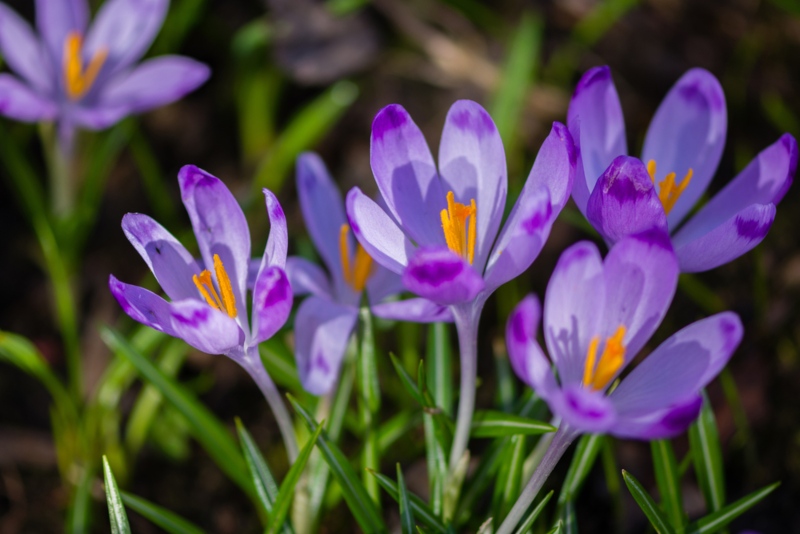
Tommies are very similar to the Dutch Crocus in a few ways. First of all, they do well in every climate zone and grow in the early spring. Though slightly smaller, their purple and yellow colors are just as vibrant. However, they do well in loamy sand, making it a pretty hardy option for growers alongside other types.
Care Tips: Provide partial to full sun and plant your Crocus early in the season to get maximum results. Keep the soil well-drained to prevent root rot and other problems. Just as importantly, you need to make sure to water it regularly. Daily might be a bit too often but may be necessary if the soil continually dries up on you.
Golden Crocus: A Yellow Delight
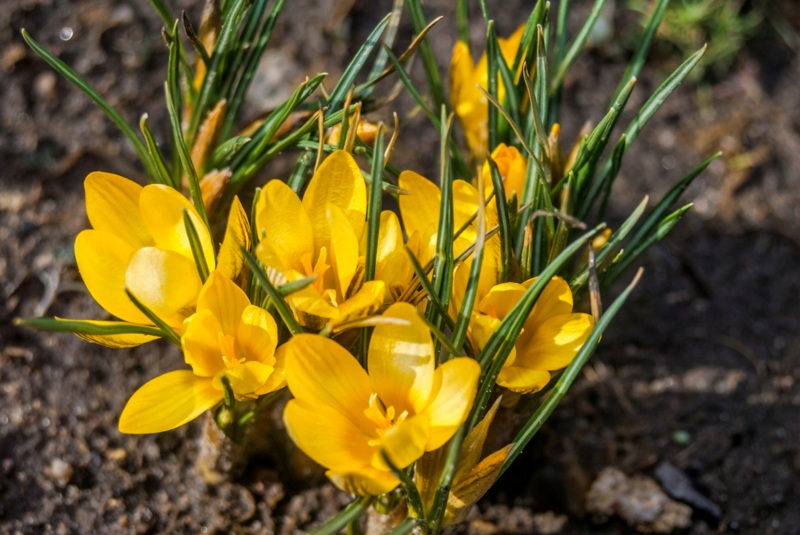
Unlike the previous two Crocus, this gorgeous plant has a yellow and orange look that is quite striking and beautiful when it fully blooms in early spring. Expect growths of about the same height as the Dutch Crocus. However, expect fewer potential growth opportunities, as this flower is limited to zones 3-8.
Care Tips: Use acid, alkaline, or neutral soil that has been well-drained when planting this flower. Use an average amount of water (daily or every other day) to keep the soil damp but not drenched. Thankfully, you don’t need to do any pruning of this flower, though you should watch for invasive pests.
Bieberstein’s Crocus: A Popular and Flashy Crocus
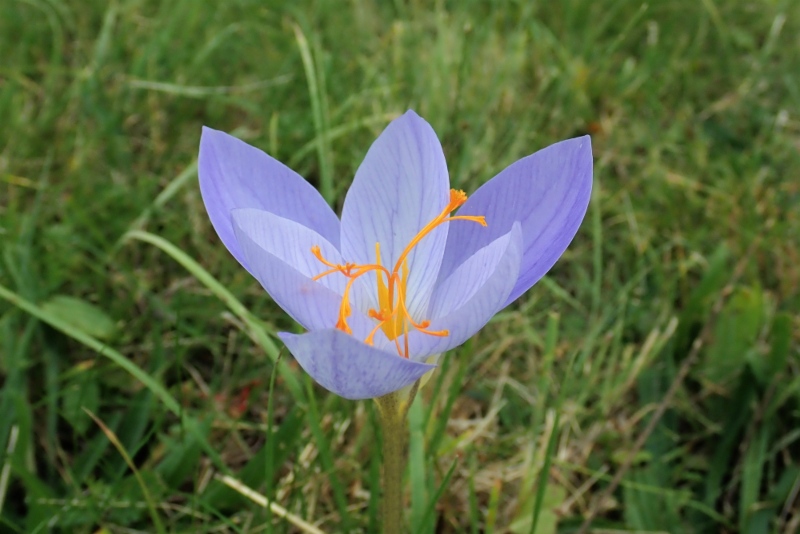
Unlike previous Crocus species, this flower blooms the best in the fall. Its bluish-violet petals produce a look that is very striking and flashy, perfect for many gardens. You may be able to find some mauve or purple options that provide you with the high-quality look that you need to keep your garden fresh and beautiful.
Care Tips: Try to plant this species in the summer during a dry period, which allows the Crocus to gather a decent amount of water when rains come in the fall. Keep the soil well-drained and position this flower in partial to full sunlight to get the best results. You’ll have to watch out for a few bugs with this species.
Crocus Pulchellus: Another Fall Beauty
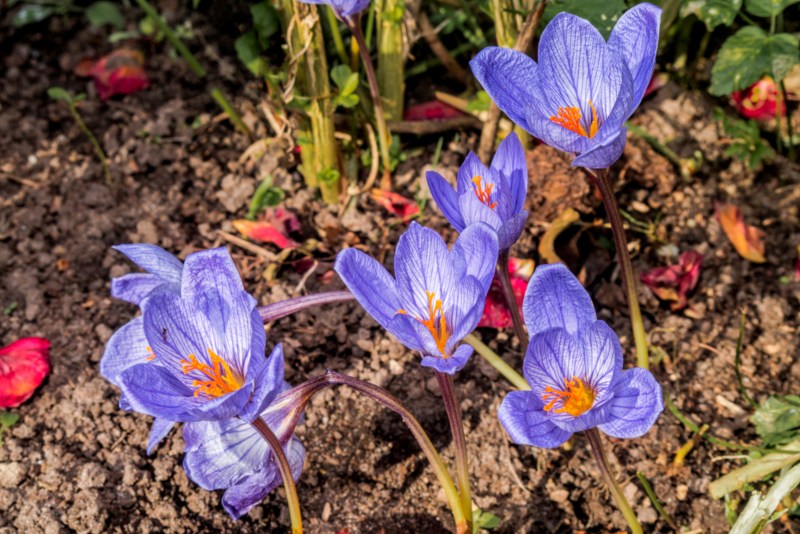
If you want a fall crocus with deep purple and yellow colors, this option is one of the best for your needs. It creates gorgeous and unexpected contrasting colors that will produce a stunning look. Expect your blooms to become the most intense during the mid-to-late fall, and make sure you keep them adequately cared for as a plant.
Care Tips: Space your flowers several inches apart and provide a decent water level (daily may be necessary) to keep your flowers strong. Partial shade to full sun works well for this flower, so you should have many places where it should fit. Keep the soil well-drained and aerated to keep the plant’s roots growing smoothly.
Cloth of Gold: A Gorgeous Winter Crocus
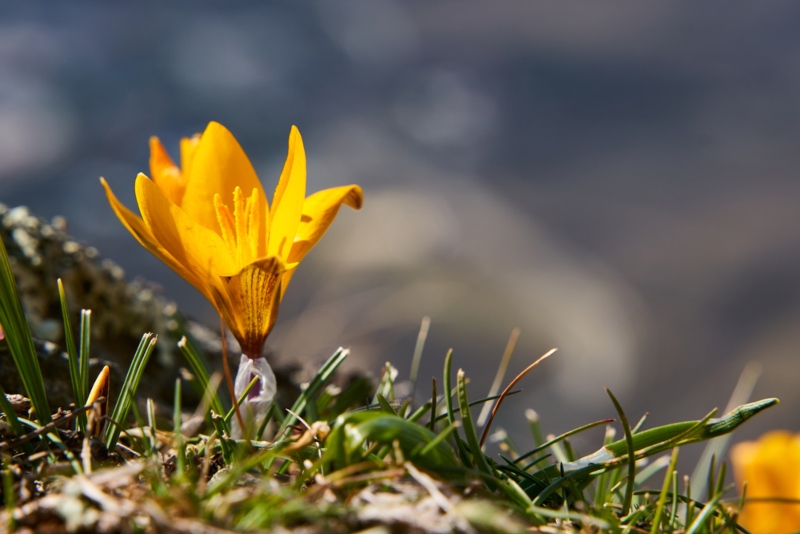
Very few plants thrive as well in the winter as this Crocus. It produces a deep red and yellow look that is appealing to see during the cold months. It thrives best in zones 4-9 and reaches heights of about six inches or half a meter. Most growers will have little difficulty fitting it into most environments in your garden.
Care Tips: Make sure to plant your Crocus in mid to late fall in well-drained soil that has been aerated regularly. You also need to pay attention to how much sun this flower gets, as it needs full sun in most conditions. Like most Crocus flowers, the soil type doesn’t matter much, as it thrives in most.
Advance Crocus: A Later Winter Bloomer
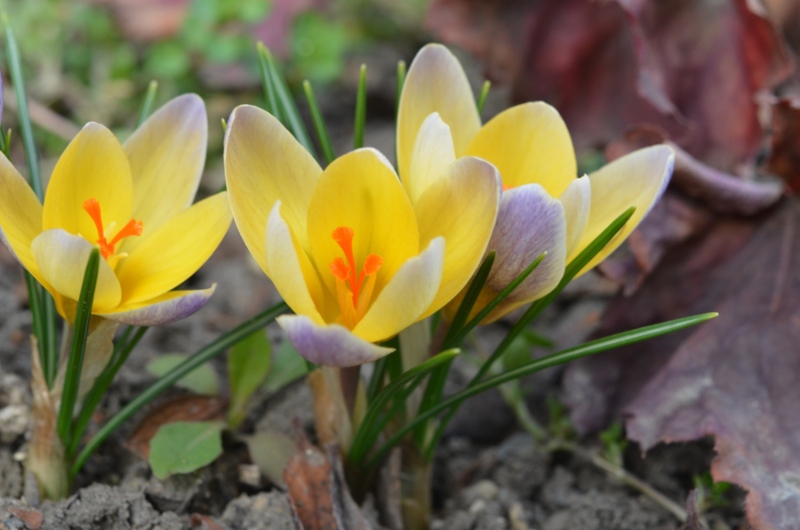
During the rough months of February and March, this cute flower will readily bloom. Available in zones 3-8, it creates bulb growths that spread to just about half a foot or one-third of a meter. It tolerates most pests quite well, particularly deer and other types of hungry critters. Expect minimum maintenance with this flower.
Care Tips: Provide a medium level of water in well-drained soil of any type to produce significant effects. You probably need to water every day, unless the ground is snowy or it has rained. Put your plant in part shade to full sun to get the best effects for its growth. Typically, this flower self-seeds with ease.
Ard Schenk Crocus: A Bright White Wonder
If you want a white flower that fits in well in just about any soil, this Crocus is made to order. Available in every climate zone, this compact flower produces beautiful white petals and a yellow center that will look great in just about any garden. Make sure to pair it up with other Crocus flowers for a maximum effect.
Care Tips: Plant in the early spring (late winter) and provide partial to full sun for this plant. Hardy in every type of soil, this plan does require well-drained soil to keep it strong. Please pay attention to its location to keep it from weathering damage, particularly in the wind where temperatures may decrease.





